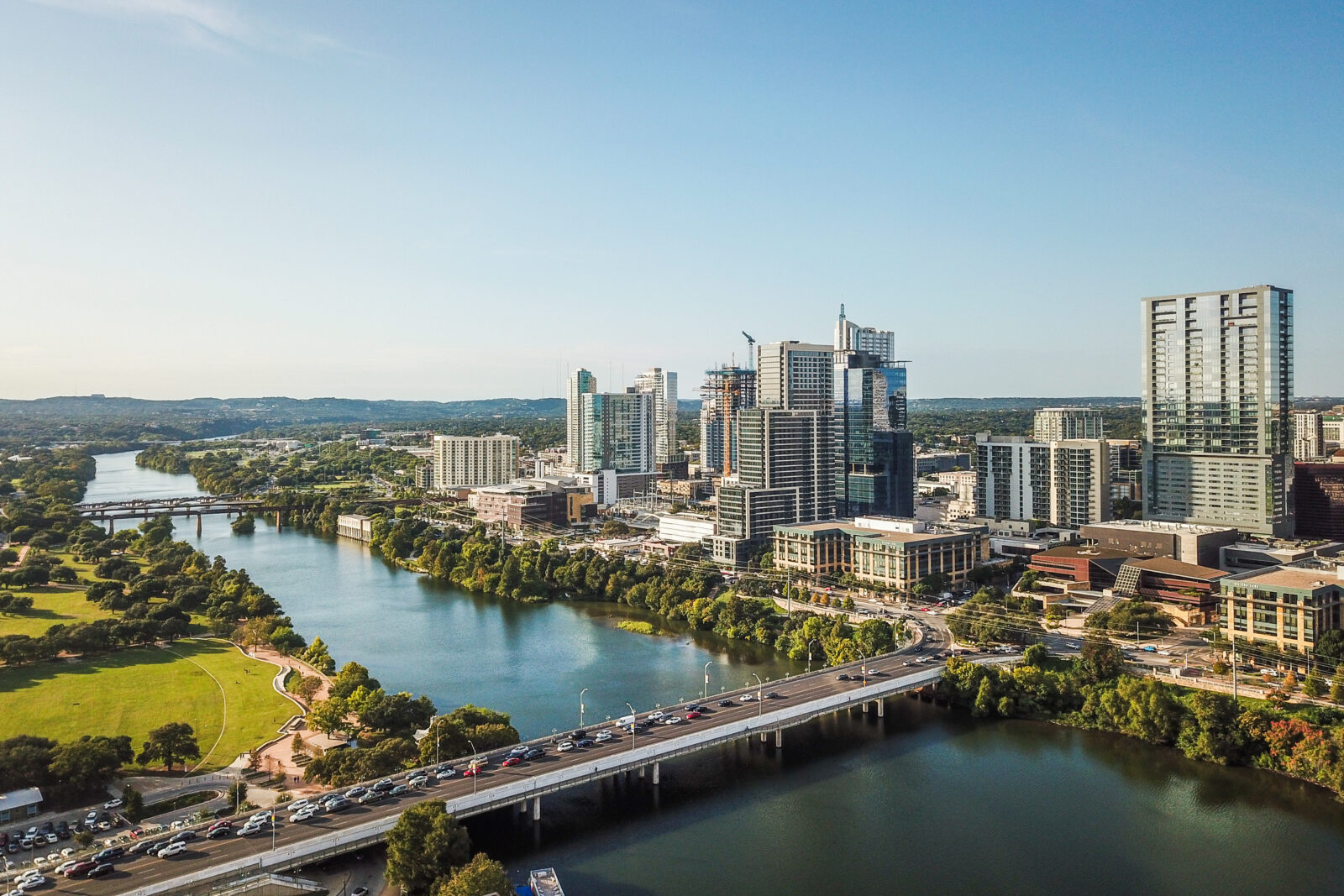What Austin Can Teach Seattle About Civic Planning
Published at Biz JournalsIn Austin, Texas, people take their government seriously. That may be the most important lesson the Seattle Chamber learned from a recent three-day Seattle-Austin meeting in the Texas capital, where transportation, technology, culture and music, energy and governance were all on the agenda.
Austin isn’t your typical Texas town. Its own mayor, with a made-for-politics name, Will Wynn, described his city as “a single blueberry in a bowl of conservative red tomato soup.”
A generous host for several sessions, Mayor Wynn, with his Texas-sized personality and charisma, could’ve been pulled from Hollywood’s central casting stable for “mid-sized city leaders.” Having set a bond with Seattle’s Mayor Greg Nickels, Wynn welcomed us with an overview of the city’s transformation and its plans for greener energy and better transportation.
But Wynn, the appropriate face of such an individualistic, forward-facing city, kept the atmosphere light and with an emphasis on fun, including discussing Austin’s famous music scene. Wynn’s sense of purpose (he regaled us with tales of Austin’s typical 12-hour City Council meetings) is matched only by his humor and ability to balance competing schedules. After kicking off day one, he announced he had a commitment to watch “American Idol” with his kids and left until the next day.
The rest of the trip hit the same theme of expecting the unexpected and being pleasantly surprised. The second day, our morning was spent hearing about energy from Roger Duncan, general manager of Austin Energy, whose goal is to tap more east Texas wind instead of Texas oil or coal to make electricity, which can power vehicles.
In order to use more intermittent wind that blows stronger at night, Duncan helped launch a national “Plug-in Partners” campaign to promote plug-in hybrid electric vehicles (PHEVs) that can be recharged at night, storing otherwise wasted wind and replacing gas in cars with renewable electricity. It’s worth spending some time on the campaign’s website, www.pluginpartners.org.
That afternoon the Chamber looked at Austin’s commuter rail line to commence this fall, using advanced diesel multiple unit (DMU) cars. The DMU briefing took place inside one of the Swiss-built units, with comfortable plush seats, fold-down laptop trays, bike racks and a clean European design.
Questions came about the $90 million cost for the 32-mile system: “Does that include the cost of the tracks and sophisticated grade crossings?” Yes. “Does it include the cost of all of the $5 million DMU units?” Yes. “Does it include all of the stations?” The Austin briefer said: “Yes, the $90 million is for the complete operating system, all of the tracks, all of the high tech stations, and all of the units.” On leaving the briefing, one Seattle delegate: “We can’t even build one station here for $90 million.”
The Chamber group, including King County Councilmember Julia Patterson and Seattle Port Commission President John Creighton, came away impressed with the potential of the DMU. The technology is being eyed for use on the envisioned 42-mile Eastside commuter rail and trail corridor.
The next day, Austin told the Chamber about tolling, a policy issue in central Puget Sound. Memorable was the candor of bright, articulate elected leaders who spoke to the group. One, Texas state Sen. Kirk Watson, readily admitted that initially they “screwed up” in explaining to skeptical citizens a plan for new toll roads and proposed investments to pay for them. But he said that after taking a business approach to planning and outreach, the system improved and is today popular.
One lesson for central Puget Sound is that tolling can’t be top-down. Regional control of tolling decisions and rates provides more accountability and boosts buy-in from affected constituents. When tolling plans are rolled out, leaders need to articulate the uses, benefits and duration of tolls. Funding partnerships for new toll lanes or toll roads are better formed with domestic public employee union and construction trade union pension funds than with foreign sovereign funds. Finally, deals must protect the public interest.
That Austin regional growth requires tolling, though, is clear. Interstate 35 — a major connector between Mexico and Canada — is choked with traffic, and it seems every other vehicle is a truck. There are other challenges, including escalating housing prices and gentrification, which some fear will rob the city of its soul. Transit development geared toward downtown living and working is just getting under way, and the abundant surface parking lots reminded us of many Western cities in the 1970s.
The lasting impression, however, is a city full of spirit, optimism and not too much of itself. One of Austin’s colorful leaders, Pike Powers, describes Austin as “enabling, warm and spontaneous.” We agree. Thanks to a first-rate job by Chamber staff led by Steve Leahy and their Chair, Jim Warjone, we left Austin with an appreciation for a region willing to roll up its sleeves to get the job done on transportation, energy and governance.
BRUCE AGNEW is director of Discovery Institute’s Cascadia Center for Regional Development. STEVE MARSHALL is a senior fellow of Cascadia Center. More at www.cascadiaproject.org. E-mails: bagnew@discovery.org; smarshall@discovery.org.
